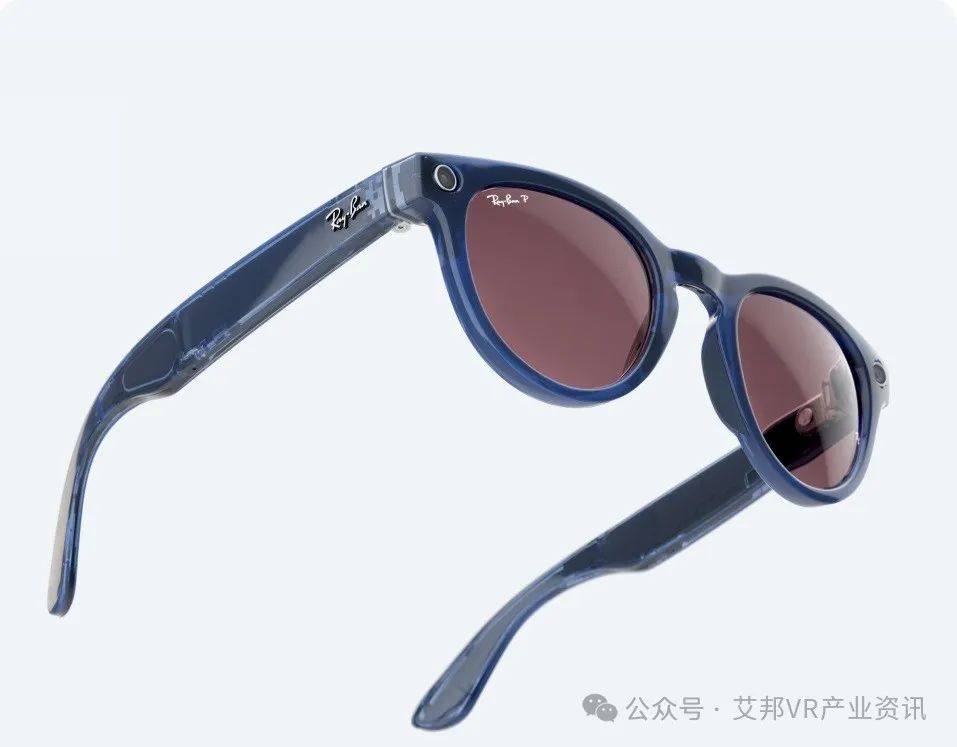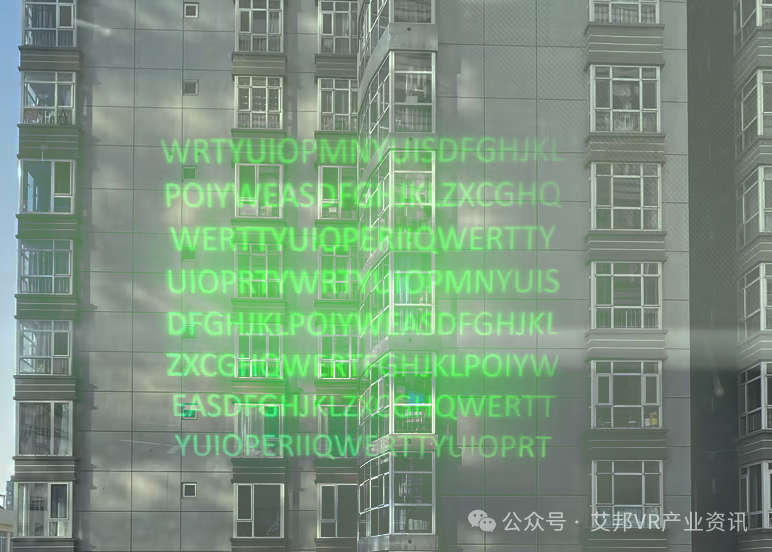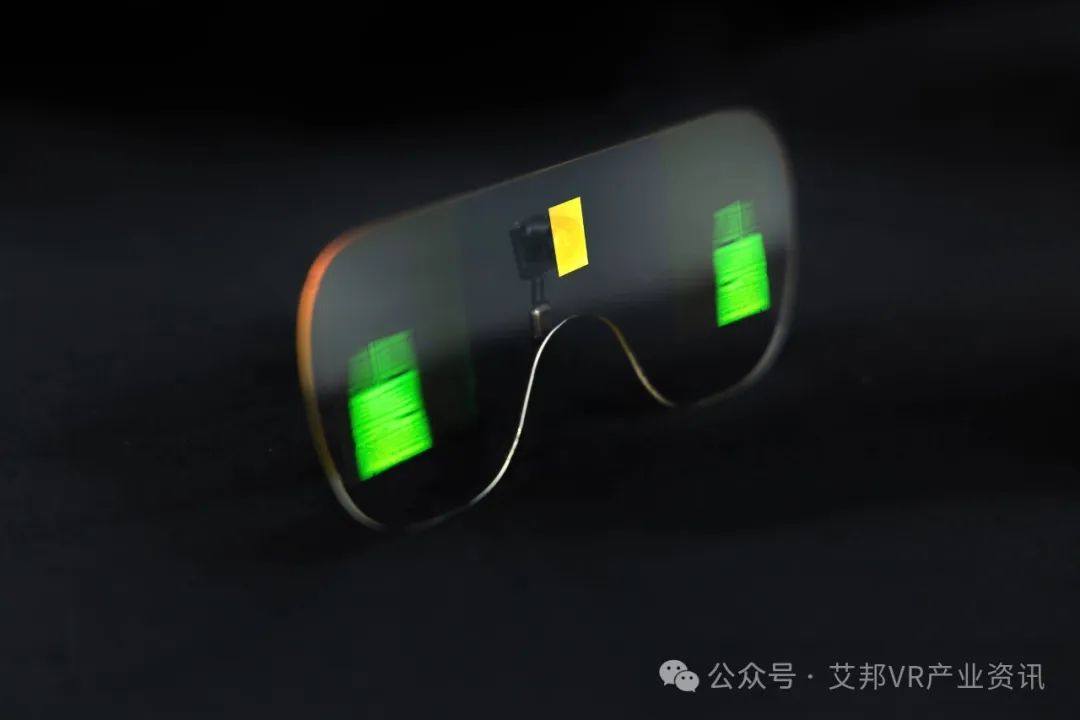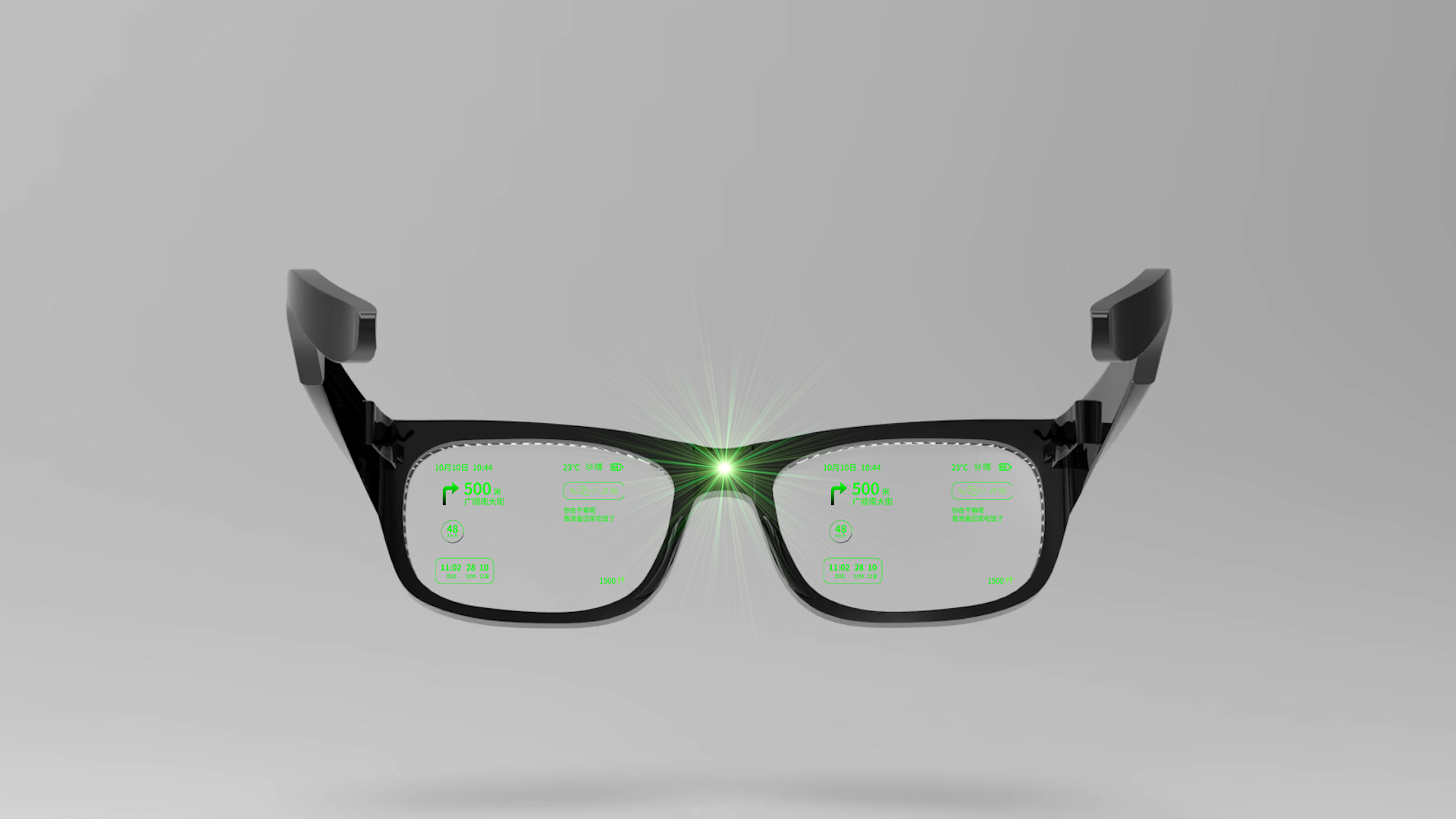In 2024, no one will question the future of spatial computing anymore. With the official release of Apple's VisionPro, as people marvel at the immersive and seamless experience brought by this wearable display device, the concept of spatial computing has already deeply resonated with people's hearts.
Tech giants are betting on the evolution direction of intelligent terminals in the era of spatial computing.
After experiencing the waves of desktop computing with PCs and mobile computing with smartphones, spatial computing represented by XR is becoming the next-generation computing platform that tech giants are betting on.
Perhaps spurred on by Apple's VisionPro, Meta has picked up its pace. Firstly, on the occasion of the 10th anniversary of Reality Labs in early April, Meta published an article celebrating and reviewing the development of its XR business, hinting at the possible launch of its first AR glasses product combining Quest MR and Meta AI technology. Secondly, on April 22nd, Meta announced that to establish a more open computing platform for the metaverse, it would be opening up its Quest headset operating system, Meta Horizon OS, to third-party manufacturers for the first time. Renowned tech companies like Microsoft, Lenovo, and Asus are now developing new XR hardware based on Meta Horizon OS. With the push from tech giants, this new ecosystem of spatial computing is accelerating its formation.

Image of Meta Ray-Ban smart glasses (Image Source: Meta)
According to industry statistics, a total of 30 AR glasses were launched domestically in 2023. Smartphone manufacturers such as Xiaomi, Honor, Meizu, as well as AR startups like Xreal and Thunderbird, took turns releasing new AR products, driving the development of the domestic consumer-level AR market. Meanwhile, according to IDC consulting data, in 2023, the shipment of AR/VR headsets in China reached 725,000 units. Among them, AR shipments reached 262,000 units, a year-on-year increase of 154.4%. Throughout 2023, AR shipments accounted for 36.1% of the overall AR/VR shipments in the Chinese market, reaching a historical high. In the fourth quarter alone, AR shipments reached 118,000 units, surpassing VR shipments for the first time in a single quarter in the Chinese market, which stood at 110,000 units.
In addition, as a representative of the VST form, the initial release of Apple's VisionPro experienced a frenzy of demand where it was hard to find a single unit for purchase. However, due to the exaggerated weight leading to a bulky feel, users couldn't wear it for extended periods nor could they use it freely when going out, leading to waning interest and negative word-of-mouth in the later stages. These phenomena all indicate a trend towards lighter, thinner, and more aesthetically pleasing designs that resemble traditional glasses.AR glasses in the OST form, which can be worn outdoors all day, better align with the evolving direction of intelligent terminals in the era of spatial computing.
Taking it a step further, for AR glasses to truly shine in the consumer market, the key lies in breakthroughs in AR optical display technology.
By overcoming the bottleneck of technological challenges, GuDong Technology has successfully developed proprietary photoresist materials.
The development of the AR industry is significantly constrained by optical display technology,and the bottleneck of optical display technology lies at its core in materials.
To fundamentally address this challenging issue that has plagued the industry, GuDong Technology decided to develop its own photoresist materials. In early 2021, GuDong Technology initiated a research project and investment in photoresist materials. By 2022, they had successfully developed layered RGB photoresist materials. In 2023, they began small-scale material production and applied it in the field of near-eye displays. In 2024, they started exploring more application directions, such as automotive AR-HUD and high-end anti-counterfeiting technologies.
After nearly three years of dedicated research and development by the scientific research team, testing hundreds of photoresist formulations each month, the GuDong material team finally found more suitable formulations and process parameters. They made significant breakthroughs in RGB photoresist material technology, successfully developingthird-generation display photoresist materials.。
"The difficulty in photoresist material development lies in the formulation design, where the material needs to achieve both film-forming properties and a high degree of refractive index modulation," said the head of photoresist material R&D at GuDong Technology. "In addition, the limited research and investment in the field of high refractive index materials domestically have added considerable challenges to material development."

GuDong Technology has independently developed photoresist materials.
This material technology achieves a diffraction efficiency of over 90% for thin film materials and a refractive index of 0.04, surpassing the performance of Corning's single green material, a globally renowned material technology company, placing it at the forefront of the industry. This breakthrough in technology means that GuDong Technology's independently developed photoresist materials have successfully overcome the long-standing industry challenges in China that were previously bottlenecked by foreign companies. Many of its performance indicators even significantly outperform those of top international material technology manufacturers, effectively addressing the long-standing issue of domestic material reliance on foreign supply.
Meanwhile, this material also shows significant improvement in optical performance, with features such as easy film formation, good environmental adaptability, stability, and ease of processing and storage. Due to its excellent photosensitive properties, it doesn't require high-power lasers and can be produced on a large scale at low cost. It can be used not only in manufacturing optical display modules for consumer-grade AR glasses, providing strong support for the long-term stable operation of AR glasses, but also expanded to applications like automotive AR-HUD, holographic gratings, and more. It is reported that due to its outstanding performance, enhancing the clarity and imaging quality of AR-HUD, many companies supplying HUDs to large automobile manufacturers have high expectations for this material and have expressed a sincere desire to collaborate. With the continuous maturity and widespread application of AR-HUD technology, it will undoubtedly become a standard feature in all future automobiles. It is estimated that the AR-HUD market will reach a trillion-level market scale in the future.
More suitable for the consumer market, the AR optical display technology features a single-machine dual-eye combined imaging full-parallax waveguide solution.
A truly consumer-focused AR glasses should meet what criteria? Sleek and stylish design, resembling regular glasses, excellent display quality, cost-effectiveness, and comfortable all-day wear are factors many consumers consider when purchasing. Among the AR optical display solutions currently available on the market, only the Micro-LED + diffractive waveguide solution can better meet these user demands. Representative products include Meizu MYVU, INMO Go, and Li Weike's AR glasses.
Due to different processing techniques, diffractive waveguides are divided into surface relief grating waveguides and volume holographic waveguides. The surface relief grating process requires creating a mechanical grating mold using lithography, which is then transferred onto a resin film on the glass to form the grating. This method, which uses mechanical means to produce nano-precision gratings, incurs significant losses. Additionally, the investment in equipment like lithographic machines and the lengthy process flow make this method costly. On the other hand, the volume holographic processing method utilizes laser interference fringes to expose the grating on the photoresist film on the glass surface. This direct laser processing of nano-level gratings without intermediate steps is simple, reliable, and cost-effective. Moreover, the product size is not restricted by wafer shape and size, allowing for easy production in various eyewear forms. Most importantly, volume holographic waveguides do not suffer from light leakage issues seen in surface relief grating waveguides, ensuring the privacy of the displayed information.
With such significant advantages of volume holographic waveguides, why haven't they been widely adopted? The core issue lies in the photoresist material problem mentioned earlier. Without suitable photoresist materials, it is impossible to produce volume holographic waveguide plates with a large field of view, uniform brightness, high luminance, and excellent display performance.
Recently, thanks to technological breakthroughs in photoresist materials, GuDong Technology has developed a display effect (brightness and contrast) that surpasses surface relief grating waveguidesvolume holographic waveguide plates., has successfully addressed the long-standing application challenges faced by volume holographic waveguides.

GuDong Technology's volume holographic waveguide display effect diagram.
However, GuDong Technology is not content with just these achievements. As we all know, compared to monocular AR glasses, binocular AR glasses better match the human eye's three-dimensional display visual habits. However, current AR glasses often use a dual-lens + dual-waveguide display scheme, leading to thicker and heavier temples and increased weight of the glasses. This puts pressure on the user's cheeks and nose, reducing wearing comfort. If a single-lens can drive a binocular display module, it could make the temples of AR glasses thinner and lighter, resembling the aesthetics of regular glasses, significantly improving the comfort for users to wear.
To address this, GuDong Technology's optical team, through self-designed and simulated algorithms, was able to quickly verify the feasibility of the solution and maximize the efficiency of optimization iterations. They have successfully pioneered globally: optical display technology more suitable for consumer-grade AR glasses for the consumer market.Single-lens driving binocular combined imaging volume holographic diffractive waveguide scheme., meaning only one optical engine drives the binocular display module. This technological breakthrough not only eliminates the cost of an additional optical engine but also relocates the engine from the sides of the glasses to the middle. This significantly reduces the thickness and weight of the AR glasses' temples, alleviating pressure on the user's cheeks and nose. The design is sleeker and more appealing, making the AR glasses resemble regular eyewear more closely. This enhances user comfort and achieves excellent display performance.

GuDong Technology's single-engine binocular combined imaging volume holographic waveguide module.

Schematic diagram of GuDong Technology's single-engine binocular combined imaging volume holographic waveguide solution.
Furthermore, GuDong Technology has tackled industry challenges such as binocular combined imaging, establishing a seamless full production chain. This has elevated the single-engine one-to-two volume holographic waveguide fabrication process to a mature and refined level. It makes cost-effective, high-yield, and high-volume production of waveguide display technology a reality. This technological breakthrough also aids AR manufacturers in launching consumer-grade AR glasses that are thinner, more aesthetically pleasing, comfortable to wear, closer to regular eyewear in form, and cost-effective.
In the future, GuDong Technology aims to collaborate with partners across the industry chain to promote third-generation display photoresist materials and single-engine binocular combined imaging volume holographic waveguide display technology. They aim to explore more potential application directions and create a new wave of development opportunities for consumer-grade AR glasses, automotive AR-HUD, and other markets.
The original article was first published on the WeChat official account (Aibang VR Industry News):Successfully developed proprietary photoresist materials, GuDong Technology launches a single-machine dual-eye full-parallax waveguide solution.


